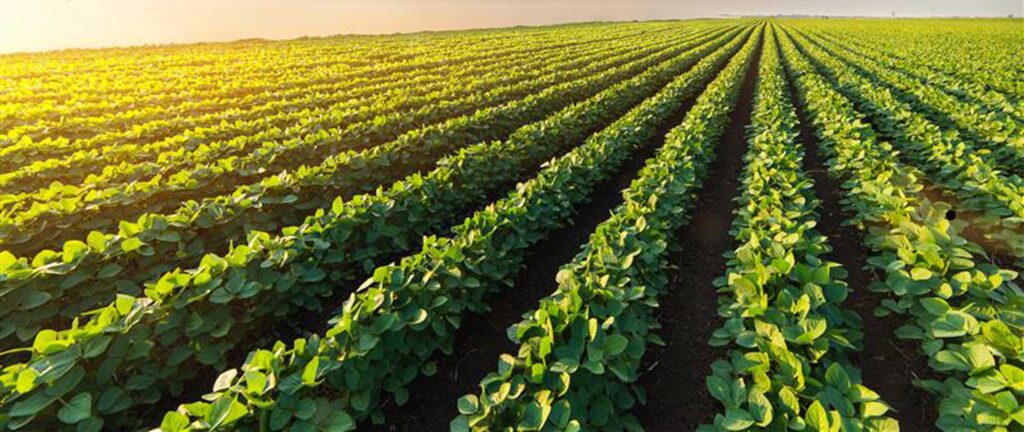If the agriculture sector hasn’t already been dinged enough, it appears the European Union (EU) may be adding to the pain.
“The agriculture industry is suffering and soybean farmers are feeling the brunt of that,” says Patrick O’Leary chair of the Minnesota Soybean Research & Promotion Council (MSR&PC). “The thought of the European Union (EU) creating legislation that would hurt exports even more is a tough one to swallow.”
Due to the recent allegations of endocrine disruption and alleged cancer risk of agriculture chemicals, the EU has continued its internal conversation to remove a number of crop protection products from their list of approved uses.
The Minnesota Soybean Research & Promotion Council (MSR&PC), American Soybean Association (ASA) and the United States Trade Representative (USTR) are working to develop a plan to combat this piece of European legislation.
“The EU has long been moving toward deregistering, also known as delisting, a significant number of crop protection products,” says Kim Nill, MSR&PC director of market development. “Their process for doing so is very long and torturous.”
A list of 19 crop protection products are scheduled to be examined by the EU in the coming months, some earlier than others. Glufosinate-ammonium, glyphosate, linuron, malathion, myclobutanil, propiconazole and thiophanate-methyl are said to be coming up for consideration on their maximum residue level (MRL).
If these products are removed from the EU’s list of approved usage, shortly after, the ag chemical’s maximum residue level (MRL) drops to nearly zero, making exports of commodities that use these herbicides to be nearly impossible.
“All of these are such commonly used herbicides in the Midwest,” Nill says. “Extensive research has and continues to be done that determines the safety of these products. We just need to help everyone understand that.”
In their efforts to prevent the arising of herbicide-resistant weeds, diseases and insects, U.S. soybean farmers must rotate the different pesticide chemistries applied to their fields and use common practices, such as crop rotation on their field to better manage their pest populations. Many growers have also completed certification training to better understand product labels when using them on the farm to ensure a safe food supply.
“Every day, farmers take care of their land and try to leave it in better shape than it was yesterday,” says O’Leary. “We aren’t just feeding the world; we are feeding our family too.”
The news comes on the heels of another tariff hike in the ongoing trade war between the United States and China.
“Farmers are already hurting,” Nill says. “We need to do everything we can to maintain any markets that are still available.”







